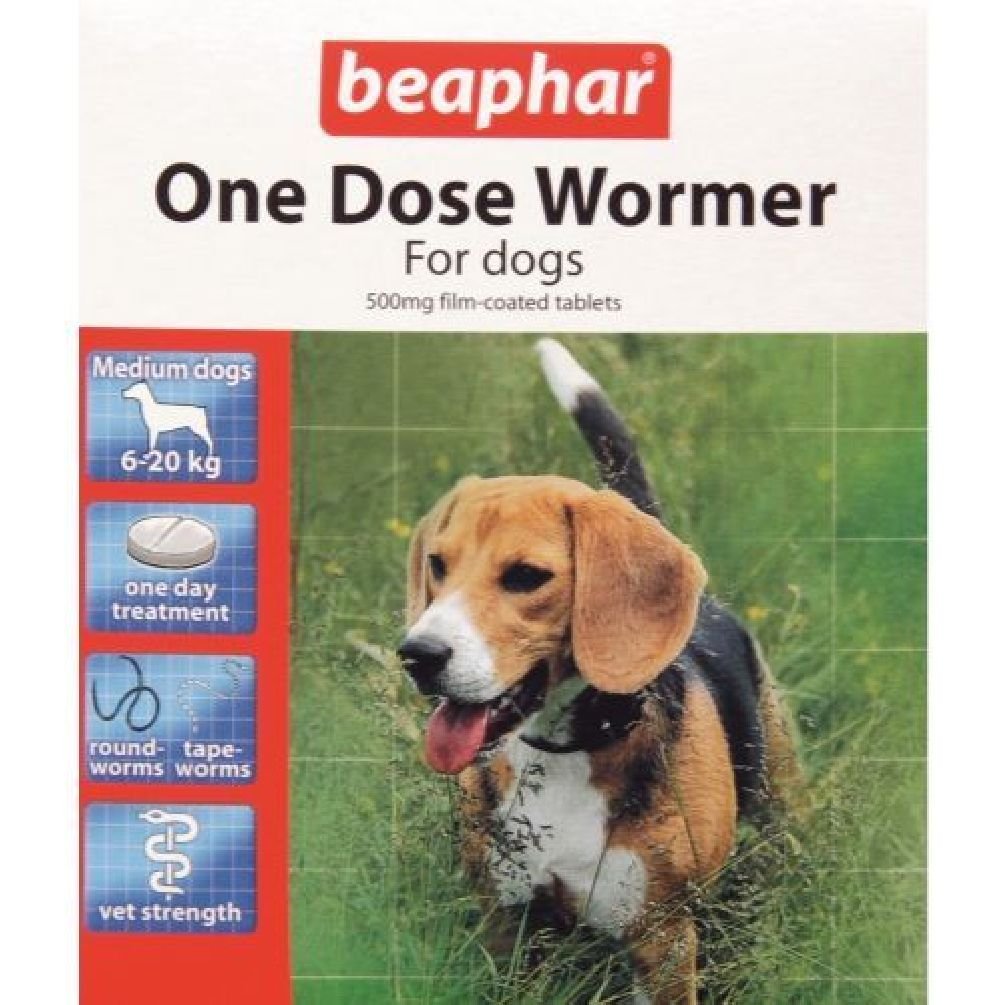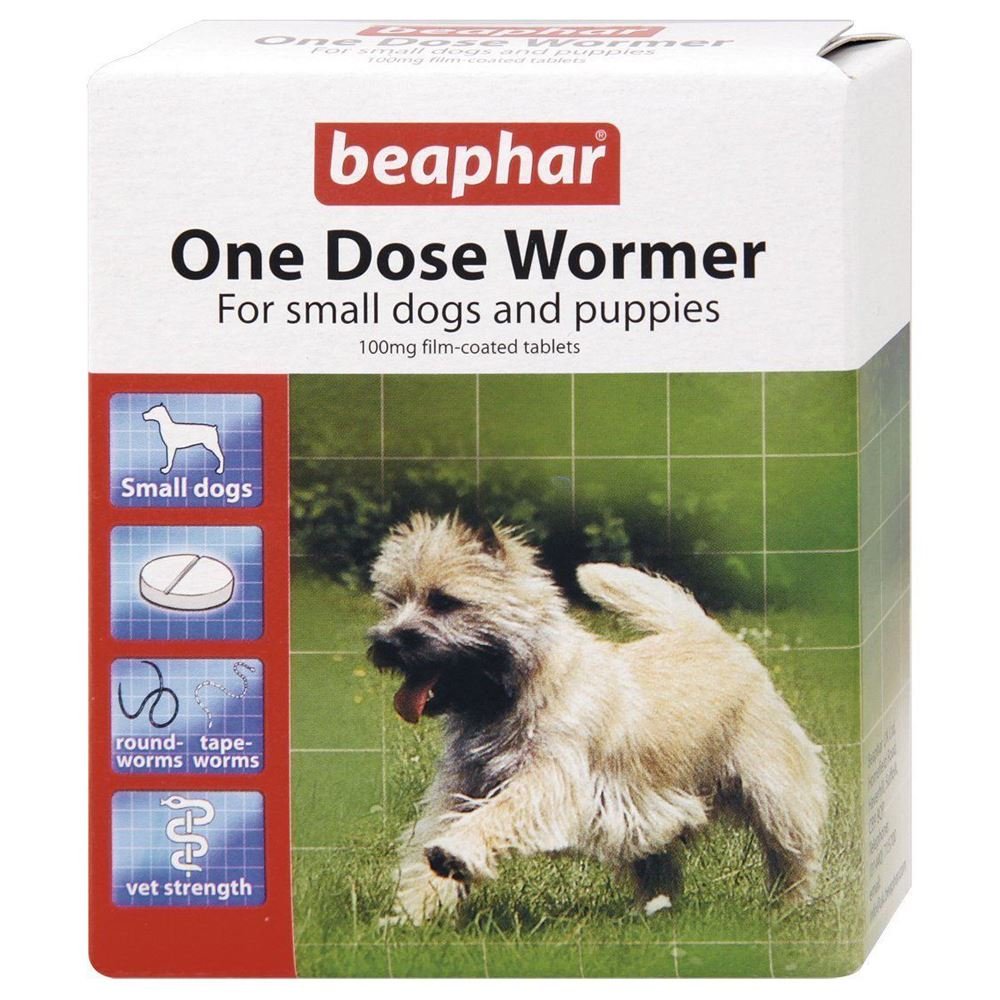
Worms are unpleasant, but are also just part and parcel of owning a dog. They can easily be contracted, but in the majority of cases can also be dealt with fairly simply.
Dog worms are parasites, and there are many different types of them. The ones of most concern are tapeworms, heartworms, whipworms, lungworms, hookworms and roundworms.
The symptoms of each worm type infection are fairly similar, so further tests are likely needed to determine the type of worm your dog has, but knowing the general signs means you can spot it earlier.
Popular Dog Worming Products
How to identify a dog worm infection
You may be able to diagnose whether your pet has worms, and maybe even the type of infection yourself, but if there is any doubt, you should always let the vet diagnose the infection themselves.
What do dog worms look like?
If your dog has worms, one of the key indications will be in their faeces. You may be able to see physical evidence of a worm infection in your dog’s stool. Visible worms, or parts of worms, should be a clear indication that something is wrong.
If you are unsure what type of worm it is, you should take a sample to the vet who will be able to identify it and advise you on the best treatment.
The worms can look like bits of rice, or even more like noodles. They can also cling to the fur of the rear of the dog, which is why one symptoms is the dog scooting his or her rear across the floor, because the worms can irritate them.
Only some worms can be seen in the stool however, so you should be aware of the other symptoms your dog might display of infection.
Buy Dog Worming Products
Symptoms of a worm infection
Worms can cause a number of different symptoms, some, all or none of them. You should always be on the lookout for changes in your dog’s health and get anything checked by a vet. Here are some indicators that may mean your dog has a worm infection:
- My dog is coughing a lot
Heartworms, roundworms and hookworms can cause coughing in dogs, so make sure that you note if your dog is coughing, having coughing fits, or seems to be uncomfortable in its breathing. - My dog has diarrhoea
Soft or watery stools can indicate worms in the gut. Furthermore, needing to excrete a lot or out of routine may indicate worms. Blood in the stool can be a symptom of hookworms. - My dog is vomiting
Worms can make a dog throw up, and sometimes you will be able to see the worms in your dog’s vomit. - My dog has no energy
A lethargic or lazy dog may have worms. If your dog seems less active, or less willing to go for walks, worms could be to blame. - My dog looks different
Yes, as strange as it sounds, worms can even affect how your dog looks. The coat can become dull, the dog can lose weight, or, especially if young, the dog can get a swollen stomach. If you have a potbellied puppy, it could well have picked up worms from its mother, which is common and does happen. - My dog is dragging its bottom along the floor
One of the most stereotypical symptoms of worms, due to irritation around the rear, the dog may drag its bottom across the ground in order to try and stop the itching. If the dog is doing this, then check the fur around the tail base and the anus for any visible worms, and also make sure to check the dog’s stool.
How to deal with dog worms
Dog worms are common, and therefore they are easy to deal with.
Once you suspect your dog may have an infection, take them to the vet and have a proper examination carried out.
Your vet will then be able to tell you the type of treatment you need, how to administer it, and for how long.
Most wormers are oral, but depending on the type of infection, the veterinarian may have to administer the treatment themselves over a period of time.
Buy Dog Worming Products






























